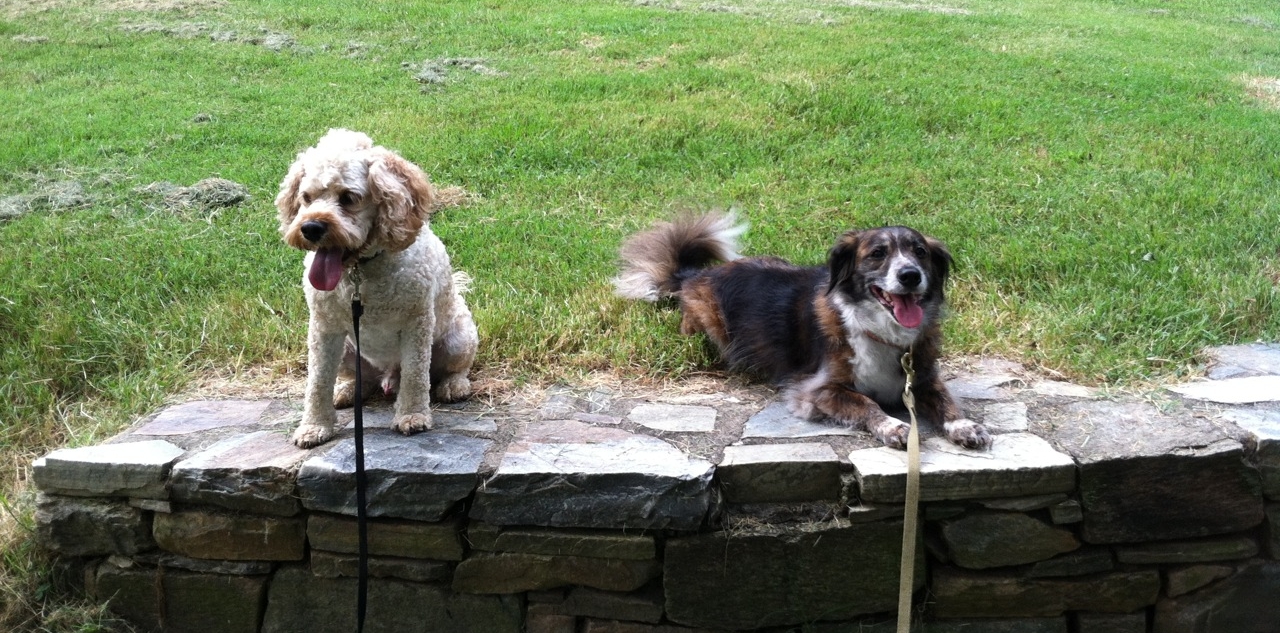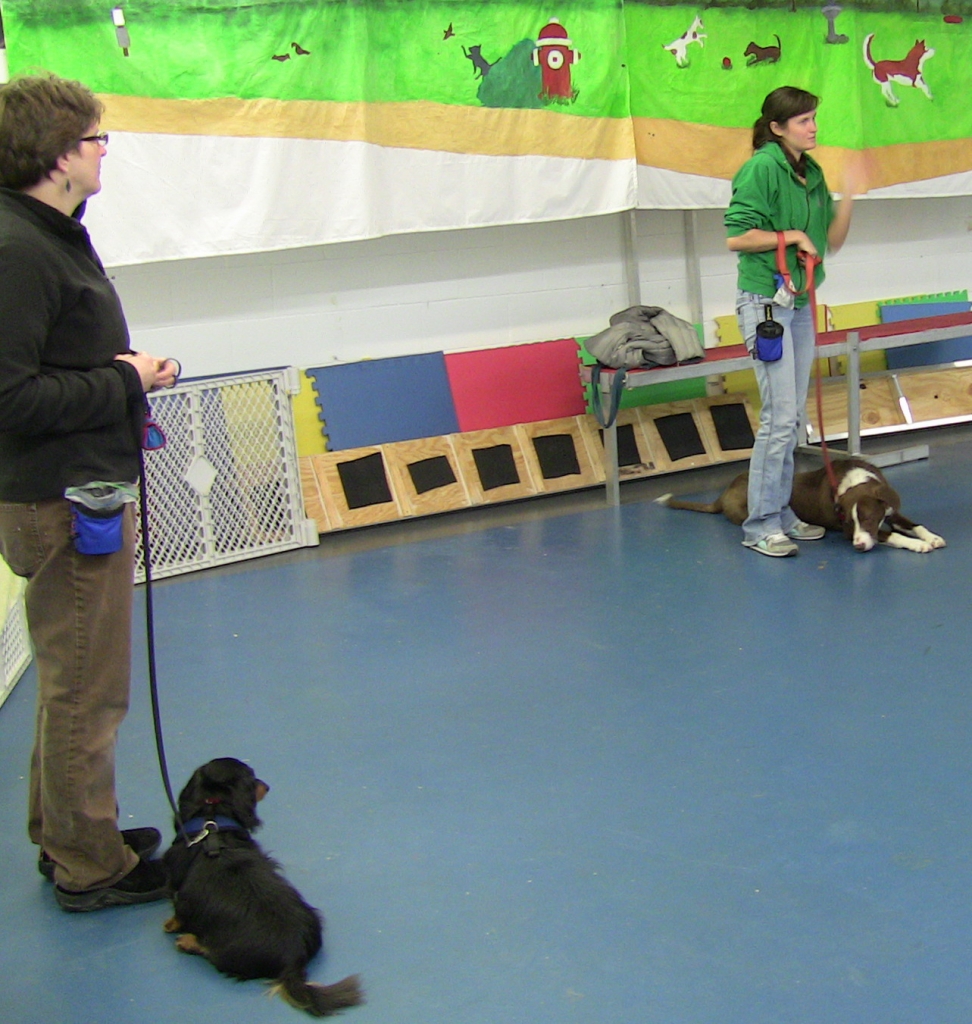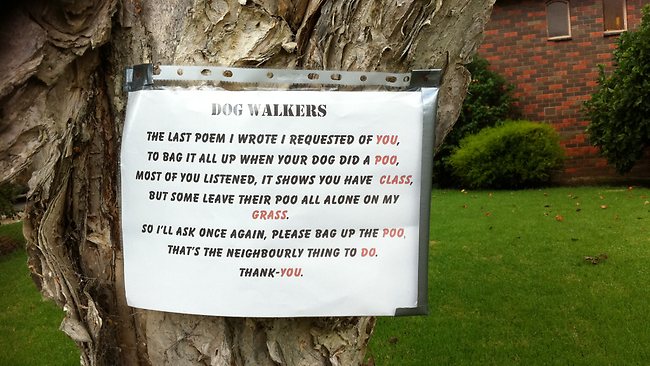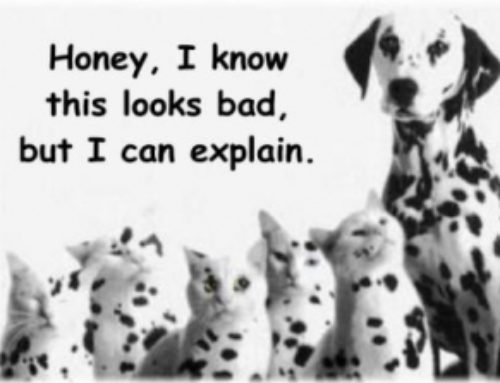What is Responsible Dog Walking?
A recent discussion on a neighborhood list serve brought up a debate about picking up your dog’s poop. Some owners use other lawns to potty their dog and as long as they picked it up, thought it was fine. Other neighbors thought that lawns are people’s property and dogs should be discouraged from using it for potty breaks.
Then I was recently asked, what side should a dog walk on? This gentleman was frustrated that while jogging on a well-used pedestrian path, each dog owner walked their dog in whatever fashion they wanted, which included taking up the whole path with a retractable leash or allowing dogs to jump or reach passersby.
Having walked and worked with a variety of dogs, people and different environment (urban, rural, suburban) I thought I would outline what I have seen as the best practice in Responsible Dog Walking.
Being out and about with your dog is a blast, but also requires responsibility for your dog’s behavior at all times. Not just when you are ready to pay attention or after your latte. At. All. Times.
1) Dog must be leashed
– not on a devices that make you ‘feel’ like you have control, a physical restraint
3) Use your cues
– does your dog know Leave It or Let’s Walk, use your training cues and reward for great responses
– this does not mean using the leash to hold your dog back, the leash is back up, training cues is your first plan for success
4) Assume no one will be nice to your dog
– by doing this you will automatically create a wonderful safety buffer for your dog
5) Ask aloud, “Do you want to pet me dog” to people who seem like they want to pet
– this way you know if they can listen to you and follow directions for a nice interaction with your dog
– just because someone approaches doesn’t mean they want to be licked or jumped on, etc
6) Poop location matters
– did you know schools do not allow dogs on grounds, there is a very good reason they try to keep contaminates as low as possible
– offer the same courtesy to your neighbors when possible





Leave A Comment